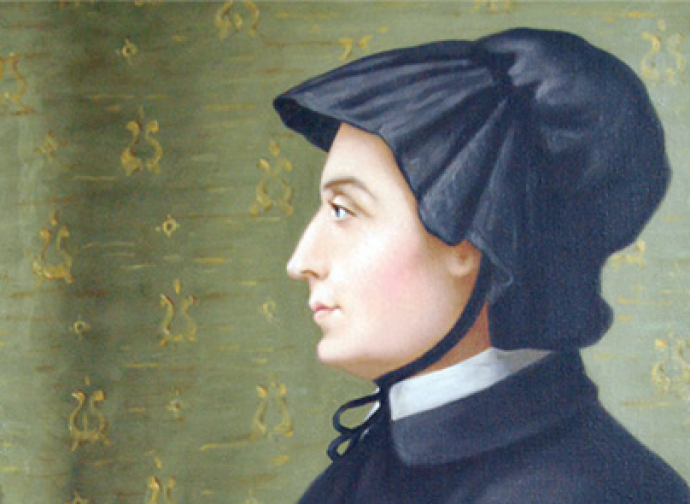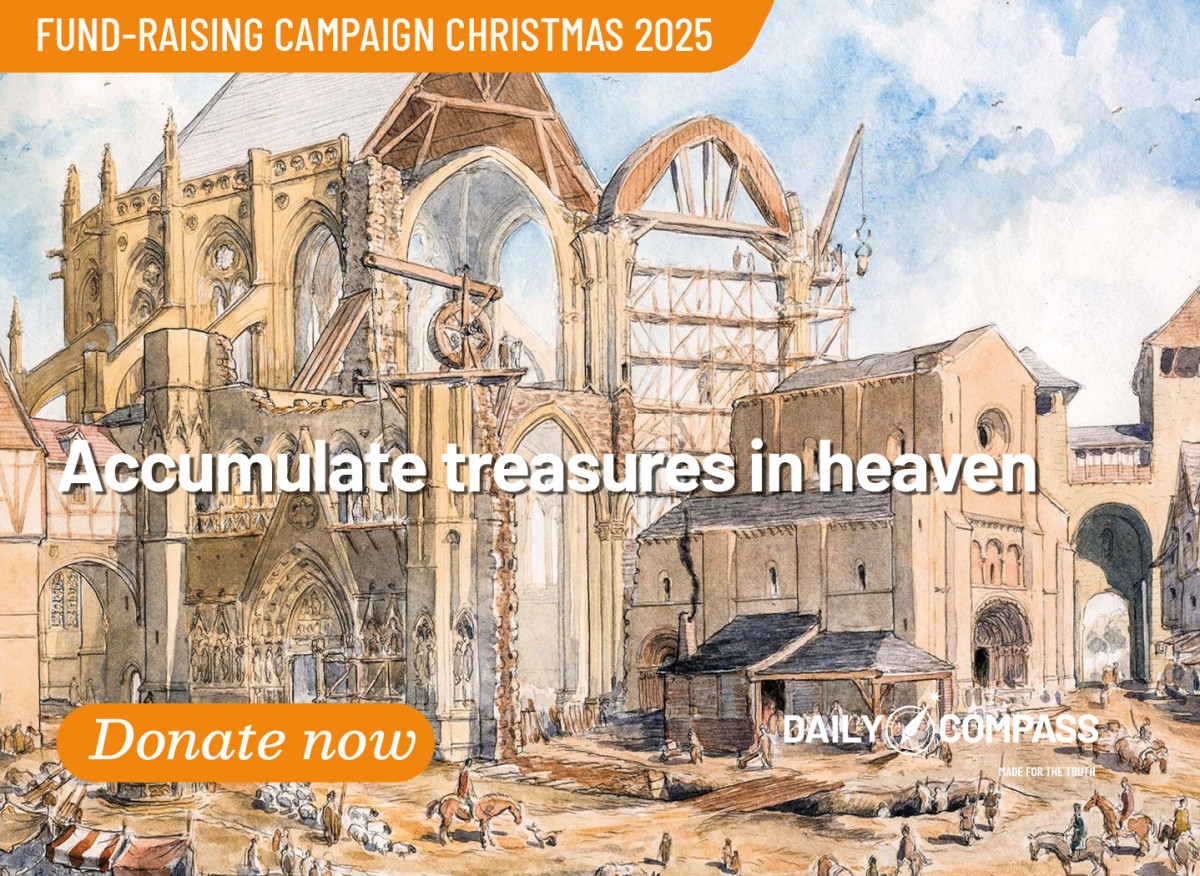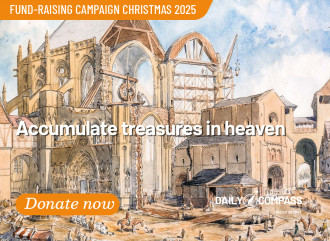Elizabeth Seton, the saint of Wall Street
14 September 2025 marks the 50th anniversary of the canonisation of Elizabeth Seton, the first American-born woman to be declared a saint. Attracted by the piety of some Italian friends, she converted to Catholicism. She founded schools and the first religious order in the United States.

This year marks the 50th anniversary of Mother Seton’s sainthood. She was canonized on September 14, 1975, by Pope St. Paul VI as the first American born saint. A native New Yorker, Elizabeth Ann Bayley was born on August 28, 1774, in the Wall Street area of lower Manhattan into an affluent and prominent Anglican family. She lost her mother when she was only three years old. Her father was a physician and public health official. The family worshipped at Trinity Church, still active today, at the foot of Wall Street. From a young age, Elizabeth devoted much time caring for the local poor, especially women and children.
At the age of 19 she married Willian Magee Seton, a wealthy merchant, in a marriage that was to last 10 years and produce five children. At first the couple lived with William’s parents but soon moved into their own home located at 27 Wall Street. Many years later part of that same block was for years the headquarters of the prestigious banking house of J.P.Morgan that bore the address 23 Wall Street. The latter address shares an association with another American woman saint given that J.P. Morgan himself was once in partnership with Francis Anthony Drexel, the father of St. Katherine Drexel (canonized in 2000), in the firm known as Drexel Morgan & Company. Besides financiers, perhaps Wall Street should also be known as a street of saints! [1]
Elizabeth’s husband had many business associates. Prominently among them were two brothers from Livorno, Italy, Filippo and Antonio Filicchi, who were also merchants, and devout Catholics. Filippo lived three years in New York and married an American, Mary Cowper. In just a few years William Seton lost his mercantile business during the early stages of the Anglo-Spanish War of 1796-1808 and moved the family to more modest quarters first on Stone Street, a few blocks south, between Broadway and Broad Street, then on 8 State Steet which today is the small Church of Our Lady of the Rosary and houses the St. Elizabeth Seton Shrine.
Around the turn of the century, William Seton became bankrupt and developed tuberculosis. His Italian business friends invited the couple to come to Italy where the balmy climate might lead to a cure. In October 1803, William, Elizabeth and their eldest daughter (Anna Maria, only eight years old) set sail for the port of Livorno on a journey lasting several weeks, followed by a harsh quarantine due to fear of possibly spreading yellow fever prevalent in New York. The Filicchi brothers helped as much as they could during this difficult time. Afterwards Antonio took the trio to his villa in Pisa. Debilitated by the long sea voyage and quarantine, William died on December 27th at age 35. Elizabeth was only 29.
 For several months Elizabeth and her daughter remained with Antonio Filicchi and his wife Amabilia. During that time, she was greatly impressed with the faith of this devout couple that hosted her, inquiring persistently about Catholicism. She was especially attracted to devotion to Mary and the real presence in the eucharist. Antonio was instrumental in answering questions and providing literature about all things Catholic.
For several months Elizabeth and her daughter remained with Antonio Filicchi and his wife Amabilia. During that time, she was greatly impressed with the faith of this devout couple that hosted her, inquiring persistently about Catholicism. She was especially attracted to devotion to Mary and the real presence in the eucharist. Antonio was instrumental in answering questions and providing literature about all things Catholic.
The following spring, Elizabeth and her daughter returned to New York, accompanied by Antonio who introduced her to Bishop John Carroll of Baltimore, the first Catholic bishop of the United States. In March 1805, Elizabeth made the decision to convert, and she and her children were baptized in St. Peter’s Church on Barclay Street, a few blocks north of Wall Street, the first Catholic parish in New York City that is still active today. They were quicky estranged from the local Protestant community (which had transitioned from Anglican to Episcopalian) they had been a part of previously.
Before and after moving to Maryland (first to Baltimore, then to Emmitsburg) in 1808, Elizabeth worked as a teacher. Then, given her religious fervor, decided to establish a religious order for women, the Sisters of Charity of St. Joseph – the first religious order in the United States. She was given property to start a girl’s school in 1809, essentially founding the Catholic school system in the United States. Two of her three daughters followed Elizabeth into religious life, while the third and youngest died at age 14. Antonio Filicchi became surrogate father to Elizabeth’s two sons and remained a faithful benefactor offering financial support to the works of Mother Seton, as she became known, until her death on January 4, 1821.
Mother Seton’s inspiration to become a Catholic originated from contact with her husband’s Italian business partners who happened to be devout Catholics. Filippo and Antonio Filicchi are not officially saints, but at least they can be considered “saint makers.”
Mother Seton is buried at the National Shrine of St. Elizabeth Ann Seton in Emmitsburg, Maryland where there is a basilica, museum, and visitors’ center. In New York City, where she was born, there is no church dedicated to St. Elizabeth Seton but there is one named after her in Livorno, Italy. Her husband William is buried there. Outside there is a statue of the saint herself.
[1] In the interest of full disclosure, this author worked at 23 Wall Street for many years.




